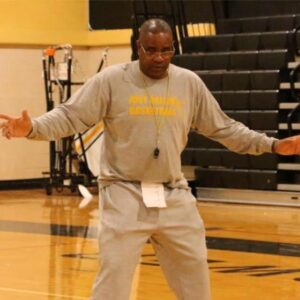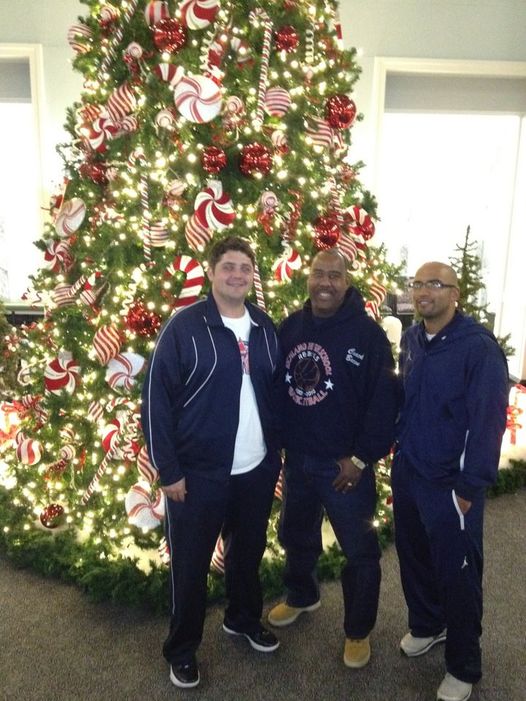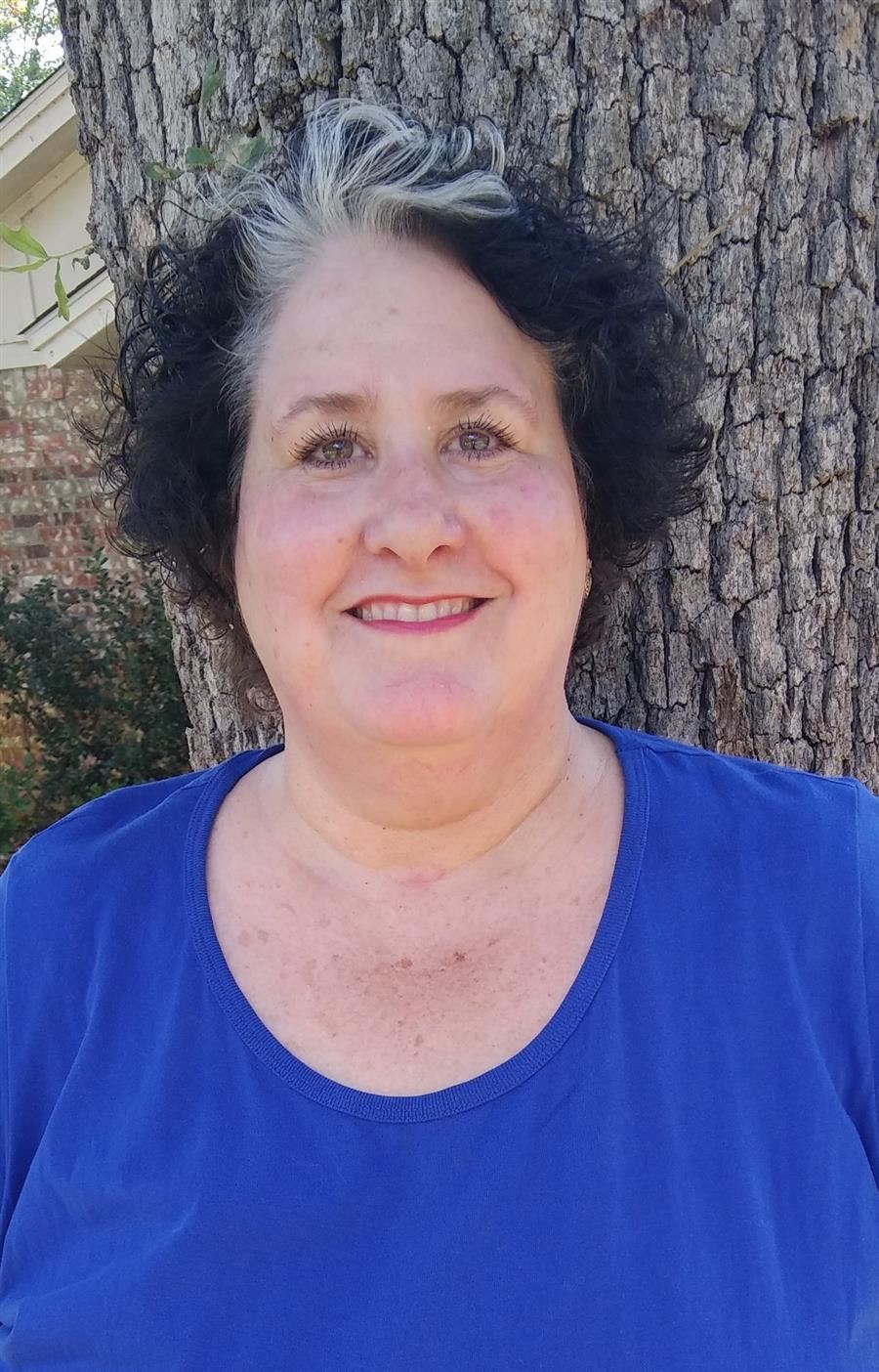In May of 2022 I was selected as one of forty people across the U.S. (Chicago, Dallas, and Pittsburgh) to join Independent Sector’s inaugural 2022 Bridging Fellows cohort. This two year program, through a combination of virtual and in-person convenings allows us to engage, learn, amplify, and share adaptive skills to help our communities bridge across various divides.
Serendipity. To be in such a space, learning from so many fabulous people, whom I may have never met if not for the storms I’ve encountered over the last couple years. An opportunity to engage in the deep and powerful work of building bridges to create stronger communities.
And, as fate would have it, this week would find us in the City of Steel, Pittsburgh, PA – also prominently known as the City of Bridges.
A Beautiful Landscape
The birds-eye-view flying into the city was pretty amazing. But it was when I hit the ground that it hit me on a whole other level. Pittsburgh is so picturesque.
From the iconic hills that rise up from the banks of the Allegheny River and stretch out into the distance, covered in a patchwork of green and brown. To the Monongahela River, with its deep shades of green, reflecting the foliage that lines its banks. To the Ohio River, with Its deep, dark blue hues, reflecting the sky above and the depths below, carrying barges and cargo ships up and down its length. These three rivers create a landscape that is both beautiful, powerful, and captivating.
As the city is surrounded by these majestic waters, bridges are critical. Pittsburgh has a network of over 440 bridges – more bridges than any other city in the world, including Venice, Italy. As you drive into the city, the first thing that strikes you is the sheer number of bridges that dot the skyline. Some are massive steel structures that stretch across entire river valleys, while others are small pedestrian bridges that connect neighborhoods and parks. Each with their own unique beauty, character, and purpose.
These bridges are not just a testament to the city’s historic, industrial past, but they also serve as an important part of the city’s transportation infrastructure and add to the overall beauty of the city. Bridges everywhere. A beautiful necessity. But also a symbol of the task before us in our own communities – to be bridge builders.
Great Divides
Over the course of the last several years in the United States, the gulf between us has grown wider and wider. We’ve become that pesky set of siblings that fight just to fight. We will fight over just about anything.
For many, all hope is lost. But not for me. Although we may have some deep wounds to heal – and we may need to go to time-out for a few minutes – I have faith in us. This is not the first time we’ve been at odds with each other. And this will not be the last time, I assure you. These times provide us with an opportunity to help form a more perfect union. Our continued capacity to bridge the divides that would keep us worlds apart helps us move forward.
Bridges and Bridging Work
As we traversed the city for this convening I couldn’t help but reflect on the likeness of the physical bridge and the bridging work before us. Bridges are physical structures that connect people and places that may otherwise be divided by impassable barriers. Similarly, in this work we seek to bridge the gap between people and their causes, connecting those who might otherwise be separated by barriers of ignorance, indifference, or fear.
At the heart of this bridging, is the idea that we are all connected. We might come from different backgrounds, have different lived experiences, and be motivated by different concerns, but at our core, we share a basic, common humanity. We all want to live in a just and compassionate world. And these bridges can help us navigate the divides that separate us. Connecting us and moving us towards our vision of a better future.
Building a Solid Foundation
A bridge is nothing without a strong, solid foundation. The same goes for the bridging work in our communities. This foundation is built on knowledge, research, and an understanding of the issues and the impact they have on communities. Without taking the time to delve into those key aspects, our efforts are bound to collapse, leaving those who rely on our work stranded and vulnerable.
In Pittsburgh we had the opportunity to visit several organizations committed to bridging in their communities. Each organization had built a firm foundation in the heart of the city geared towards service, engagement, and standing in the gap for some of the most vulnerable populations. Hearing their journey of how they laid that foundation in the face of some pretty challenging obstacles was inspiring.
Our capacity to build strong relationships in the communities we serve is key. Knowing the wide range of humanity that exists in our space at a deep and meaningful level provides focus as we navigate the challenges that come with bringing communities. Strong relational capacity leads to high levels of trust which, in turn, affords us the ability to move faster than we could otherwise.
Additionally, our sense of purpose is critical to setting out on firm footing. Having a strong, rooted foundation allows us to serve as a determined presence in our communities to leverage the power that lies within to create better futures for our people.
Design and Construction
A bridge is so much more than its foundation, though. It requires careful, intentional design, engineering, and construction. Bridging work in communities is no different. We must put forth the required creativity, strategy, and collaboration to build bridges that are strong, resilient, nurturing, and effective. Additionally, innovation and vision are critical to creating solutions that can address the complex and interconnected issues facing our world.
One of the highlights of our time was our visit to 1Hood Media. As we walked off the bus to enter their facility, the cameras were rolling. A team of individuals greeted us with cameras, and continued as we entered the building, welcomed by the dope beats of old school hip-hop. At some point, the footage captured will undoubtedly be part of a piece for them telling their story. They’ve become masters of creative storytelling to highlight issues in their community, educating the populace, and bringing people in to solve complex issues plaguing their community.
1Hood has a distinct vision for amplifying and authorizing youth voices. The organization’s leaders embrace the historic role that youth have played in bridge builders across our nation over time. Instead of being an organization of “as the adults, we’re here to tell you how it’s done”, they commit to holding space for young people to speak up, engage, and activate in their communities where they see a need.
Additionally, they’re embrace of art and creativity have ushered opportunities for artists to engage in the work of bridge building through their medium of expression. Through thoughtful design, creativity, strategy, and collaboration towards creating a strong bridge to the communities they serve across the city.
Connection
At its core, a bridge is a structure that connects two places that would otherwise be separate. They span rivers, valleys, and other obstacles, providing a safe and efficient way for people to travel between them. It brings people together, creating opportunities for dialogue, understanding, collaboration, and cooperation.
Such is the work of bridging in our communities. We must connect people from different backgrounds, communities, and causes, to create a space for them to learn from one another, share their lived experiences, and build towards brighter futures.
We had the opportunity to do a guided bus tour through a few of the roughly 90 neighborhoods that comprise Pittsburgh. Mr. Malik was our phenomenal guide – an absolute wealth of knowledge surrounding, most anything, Pittsburgh. But this tour was largely focused on affordable housing and sustainability in a few communities.
Listening to him speak of the collaboration and connectivity needed to pull off some of these aspirational housing proposals was mind boggling and inspirational. He spoke to the connections between the private sector, public sector, developers, philanthropy, etc. to make their collective vision come to life. And, while they all tend to move at very different speeds, they’re all critical to creating brighter outcomes for people in our communities. Sure many of these entities may have some competing priorities, but the work of bridging these priorities is paramount towards creating communities where we can all thrive.
Connection doesn’t always mean we will immediately agree on whatever the problem is that we seek to solve, or how to solve it. But our willingness to understand, engage in dialogue, and collaborate can create strong connections that allow us to see past that which separates us and towards that which we can envision for our collective future.
Upkeep
Bridges require ongoing maintenance and repair to keep them strong and functional. Neglect can and, eventually, will lead to disaster. The work we do in our communities is no different. Today we find our societal bridges in need of massive repair. Fear-mongering, deception, othering, ignorance, and hate have chipped away at our social fabric, eroding trust in our fellow man.
As we go about the challenging work of repairing these fractures it’s imperative that we operate with compassion and empathy. As hard as it may be to listen to those who may believe differently than us, please take time to lend a kind ear. Chances are, if we really listen, we can find that common ground and begin to solder these broken pieces of our communities.
And it won’t be easy. There’s no sense in pretending it will be. It will be hard work. As we are challenged with things that may run counter to that which we thought we knew there’s a tendency to get defensive. It’s human nature. But I encourage you to lean into vulnerability and push back on those defensive feelings.
Building bridges is just the first step. Building communities where all can thrive requires ongoing commitment, monitoring, and evaluation to ensure that the bridges we construct remain strong and effective over time.
Be the Bridge
The symbol of the bridge reminds us that we are all connected, and that the work of building great, thriving communities is about constructing bridges that can span divides, connect people, and create opportunities for a better future. It requires a solid foundation, careful design and construction, and ongoing care and repair. But if we dare erect these bridges, if we can connect people and causes at the intersection of various issues, then we can create a world that is better for us all.
I encourage you to get out there and look for opportunities to build bridges in your communities. The work is plenty and endless. And there will be new concerns that arise as we turn the pages of tomorrow. But it’s necessary and so worth it.
Go Build!



